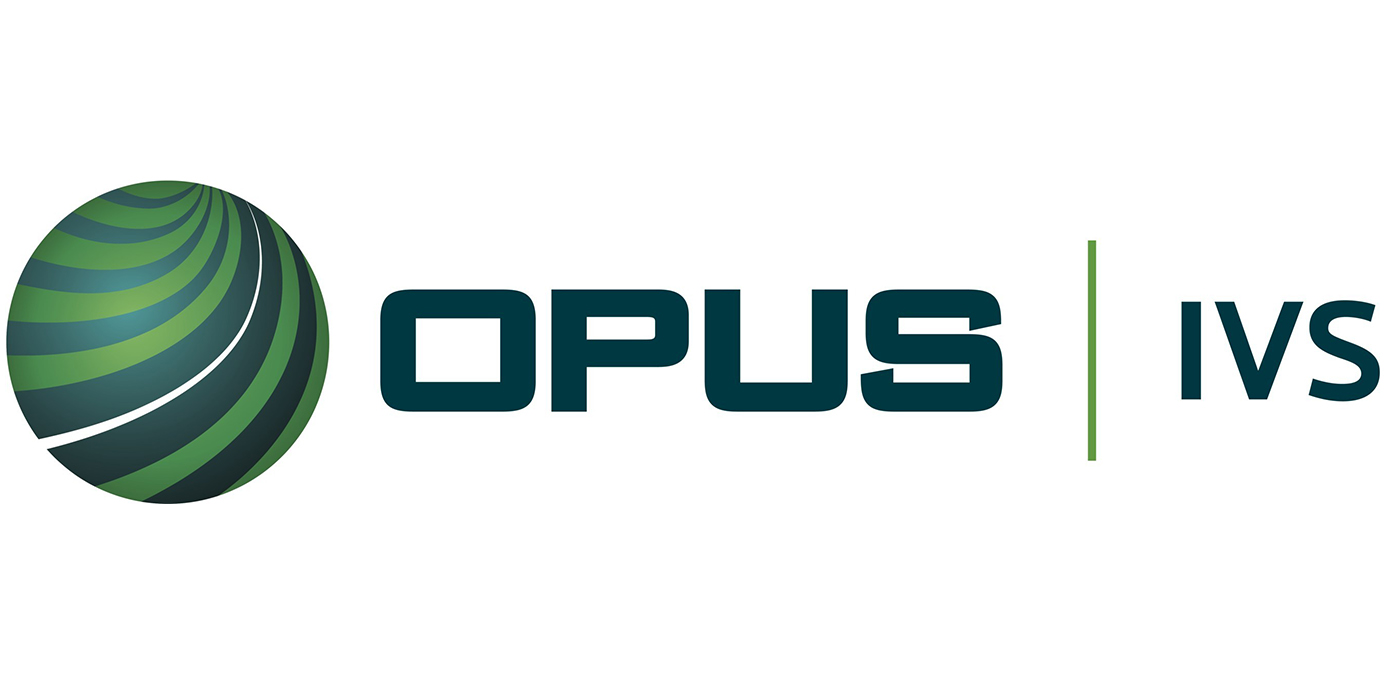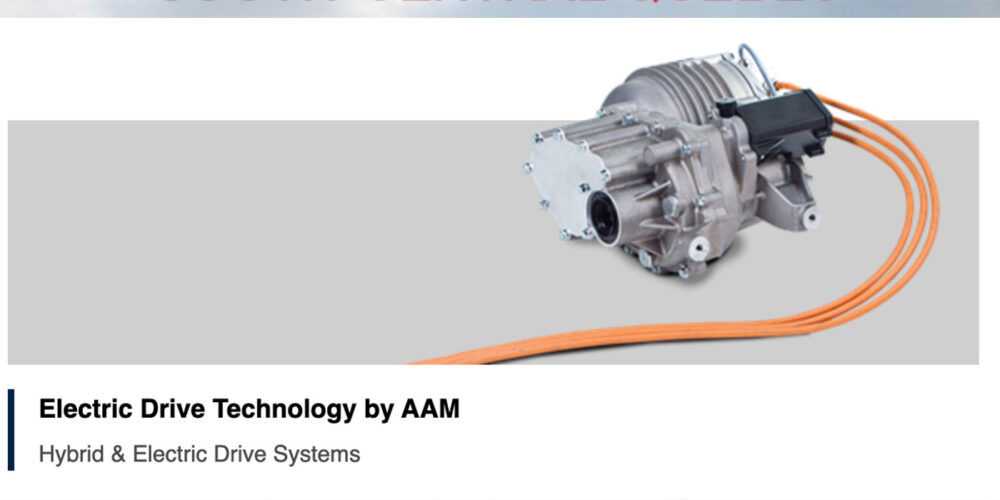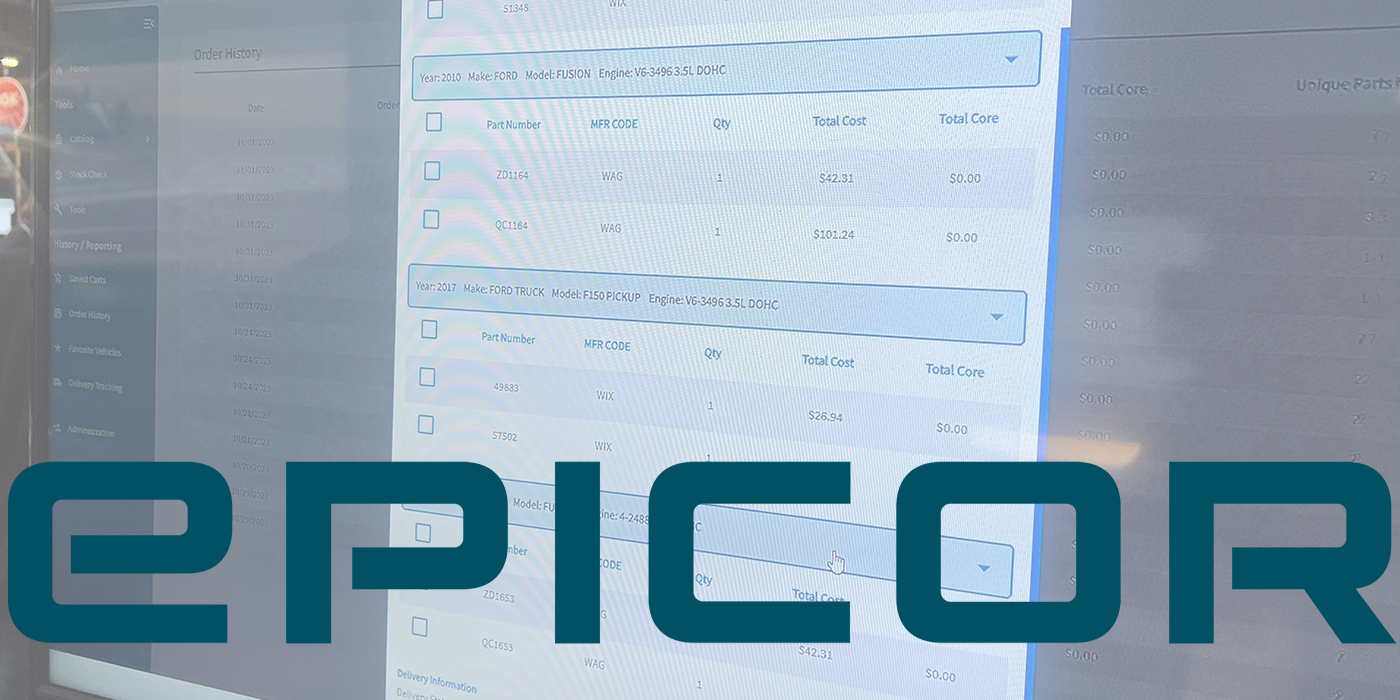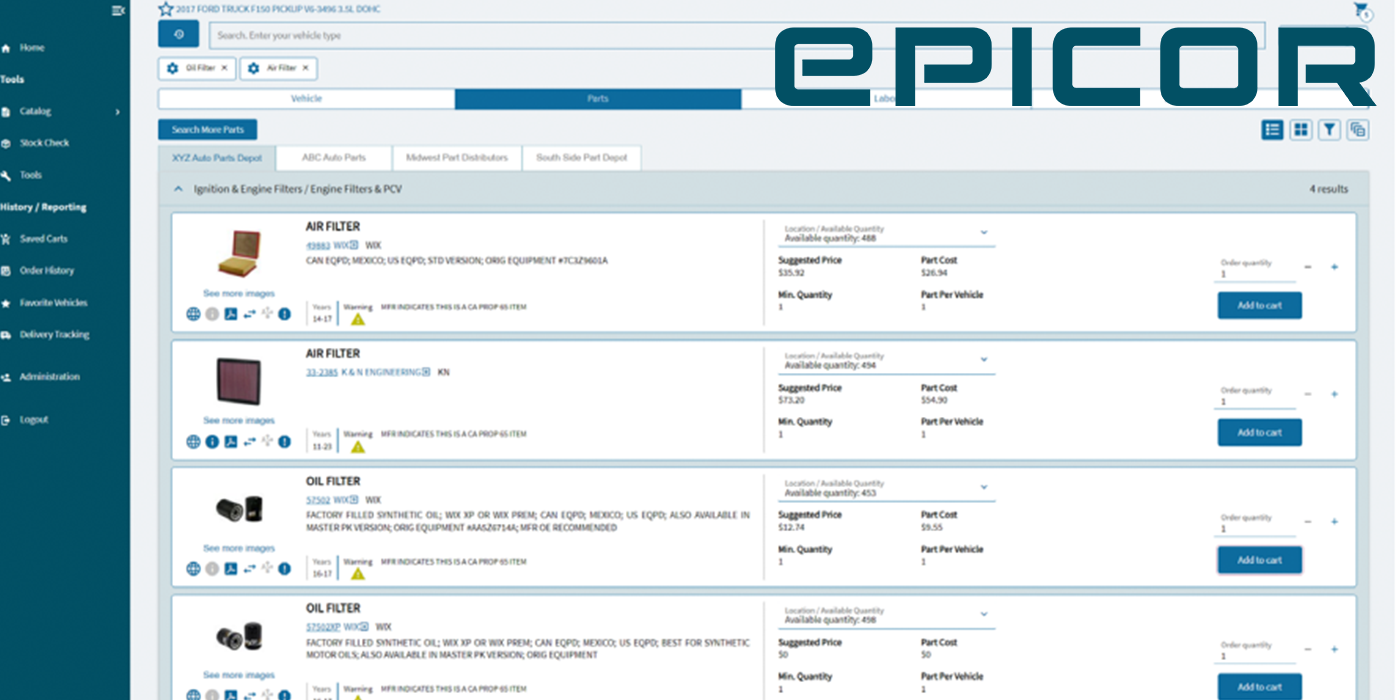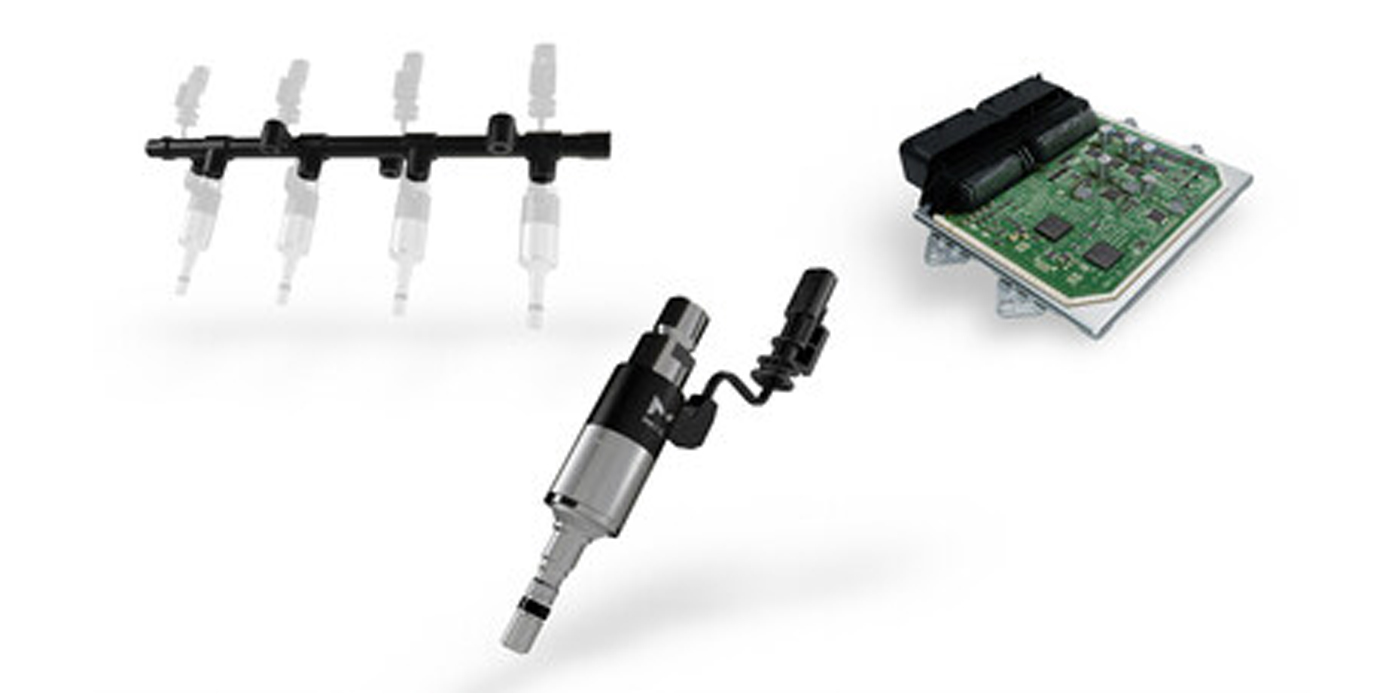AMN Perspectives by Thomas Group: Experience at Work
Posted: April 6, 2004, 9 a.m., EST
by John Steidl, Thomas Group consultant and Mike Manor, president, Automotive Aftermarket, Thomas Group
IRVING, TX — Two articles back we talked about the role of the process owner. This person is a critical leader and driver of change, but can’t make it happen alone. Operational innovation in the process enterprise can produce significant performance improvement, but it requires close teamwork across multiple departments to achieve its full potential. Today’s article looks at the cross-functional infrastructure necessary to support the process owner in driving change.
A question we often hear is: “How should we re-organize to reflect our new emphasis on business processes and support the kinds of change we’re trying to drive?” The answer is: You shouldn’t. The whole purpose of operational innovation is to accelerate the pace of performance enhancing change. Re-organization normally stifles change for a significant period of time. Once re-organization is in the wind, everything but day-to-day tasks goes on hold for the duration, making any meaningful change impossible.
Rather than re-draw the organizational chart, a much more effective approach is to define a cross-functional management framework within the context of the existing organization. This means identifying a team to support each process owner. Membership needs to include every function that touches the business process in question. For example, a cross-functional team for the order fulfillment process in a manufacturing company would include representatives from sales, order entry, production control, purchasing/supply chain, materials management, manufacturing, quality, engineering and logistics.
The team members do not necessarily need to be department managers, but should be knowledgeable about their function’s role in the process and respected by their peers. They need to be empowered to speak for their department, and should ideally be creative thinkers and team players. The role of the team is to identify barriers in the current process that prevent it from achieving the desired performance goals. The team then has responsibility to design and implement the necessary changes — or charter lower-level SWAT teams to tackle specific issues. Throughout the exercise, the process owner and team members are charged with optimizing the performance of the total process, not their individual functions.
Above these cross-functional teams is an executive team comprised of the process owners and CEO. This “Business Improvement Team” (BIT) sets process performance goals, which the process owners and their cross-functional teams are held accountable to hit. Department heads are also held accountable for the process performance goals, to ensure they provide appropriate support for critical change initiatives. Any conflicts between department goals and process goals are quickly elevated to the BIT for resolution. When this occurs, department goals are normally subordinated to process goals because the process goals represent higher-level business goals that should be supported by the goals (and behaviors) of individual departments.
With this type of cross-functional management framework in place, it’s possible to dramatically increase the pace of performance-enhancing change without re-drawing the organization chart. The key is to move the focus of change from individual departments to higher-level business processes, and the vehicle to do that is the cross-functional team framework.
Next time we’ll talk about how the cross-functional framework of the process enterprise enables us to consistently make better business decisions.
For additional information, visit www.thomasgroup.com or call Mike Manor at 972-401-4444.
_______________________________________
Click here to view the rest of today’s headlines.
“AMN Perspectives by Thomas Group: Experience at Work” is written and sponsored by Thomas Group. The opinions expressed in “AMN Perspectives by Thomas Group: Experience at Work” articles appearing on aftermarketNews.com do not necessarily reflect the opinions of AMN or Babcox Publications.




